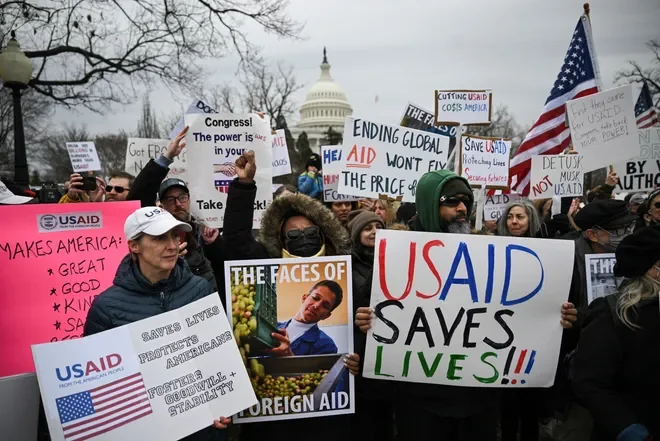After the Cuts: What 2025’s Global Health Funding Shake-Up Means for Frontline Care
Over the past few months, U.S. policymakers approved a rescissions package slashing roughly $8–9 billion, much of it from international aid and development programs. While PEPFAR (the President’s Emergency Plan for AIDS Relief), the single largest U.S. global health initiative; was spared deep cuts, its future now hangs in uncertainty. These reductions have underscored a broader trend: the fragility of U.S. support for global health just when the need couldn’t be greater.
Why It Matters—Right Now
PEPFAR, launched in 2003, has saved more than 25 million lives through HIV prevention and treatment programs in over 50 countries.
Since spring, more than 40,000 people have died, including 4,000 children, due to disruptions in HIV treatment services. Experts warn this trend could result in 500,000 child deaths over five years unless funding lags are resolved.
Growing global health data, such as trends tracked by the Institute for Health Metrics and Evaluation (IHME), suggest that forecasting and preparedness are increasingly vital. Yet threats to data-driven support tools only complicate an already unstable landscape.
What We’re Seeing on the Ground
At Emergency Project, we’ve seen firsthand how these cuts ripple outward. In Zimbabwe and Haiti, where our teams have connected deeply with local partners, communities are already nearing the end of their supply of antiretroviral HIV medications. These are the very drugs that keep people alive, allow parents to raise their children, and sustain fragile health systems. We’ve worked beside these partners, shared meals, stories, and heartbreak—and we know the toll when the medicine shelves run empty. These aren’t abstract numbers. They’re families we know, faces we remember, and lives now caught in the crosshairs of political decisions oceans away.
What It Means for Emergency Project
Less money from large donors doesn’t derail our work—it underscores it. As funding pipelines narrow, direct, standards-based care becomes even more critical. That means running clinics that offer free diagnostics, treatment, and continuity of care; returning teams regularly; and partnering with local leaders to build lasting systems—work that stands strongest when large-scale funding fades. We remain deeply aligned with global best practices (e.g., Sphere, WHO), and transparent reporting; so our supporters always know where every dollar goes.
How You Can Act Today
Support a clinic day: ensure a community stays open even during funding gaps.
Bring your institution into a partnership: whether you're part of a hospital, residency program, or society, there are meaningful ways to plug in.
Advocate: ask your members of Congress to prioritize HIV programs like PEPFAR, matched funding like the Global Fund (a multilateral partnership supporting HIV, TB, and malaria), and essential outbreak readiness resources in FY 2026.
Questions? Thoughts? Want to join a campaign or visit a clinic? Reach out to us at info@emergencyproject.org. We’ll keep reporting from the front lines—and continue acting where it matters most.

